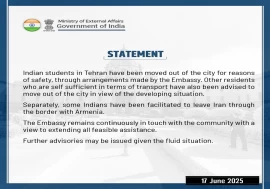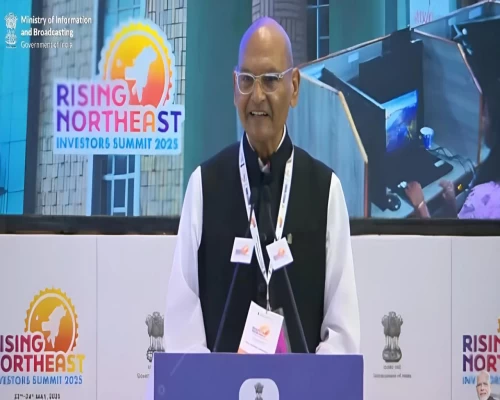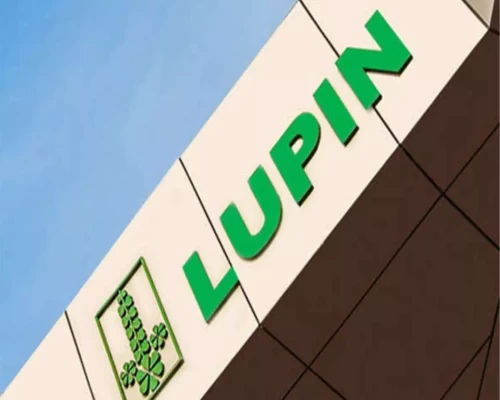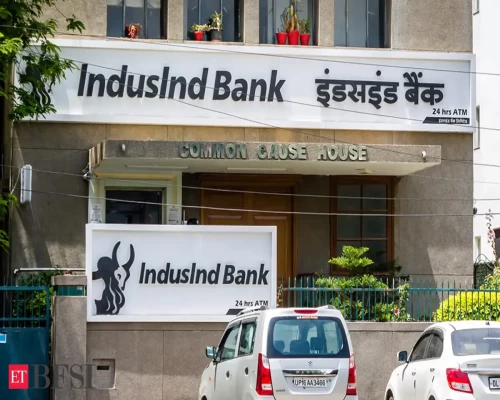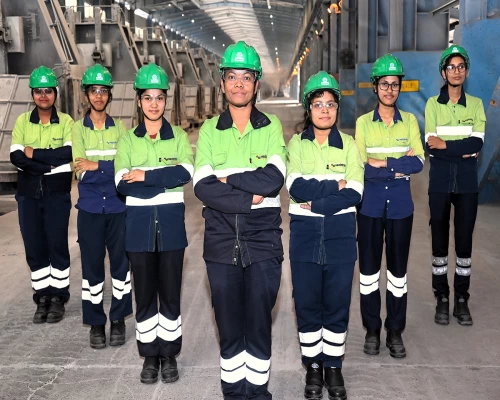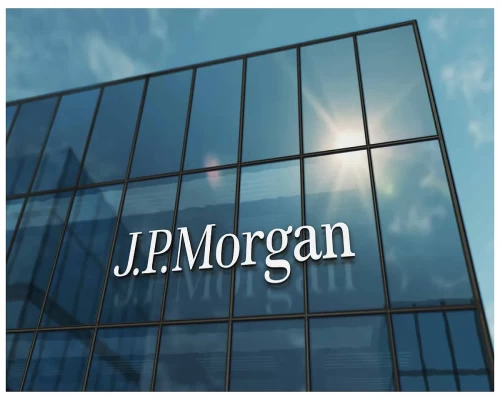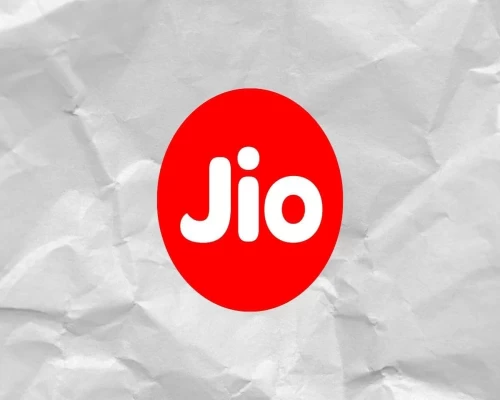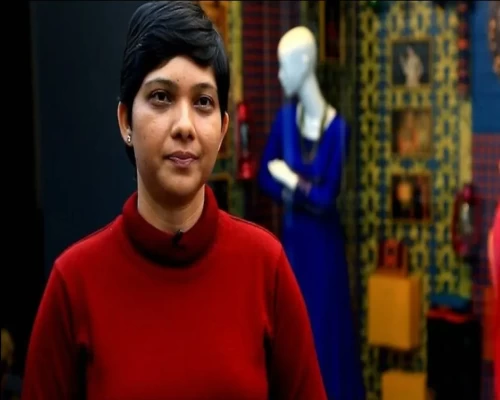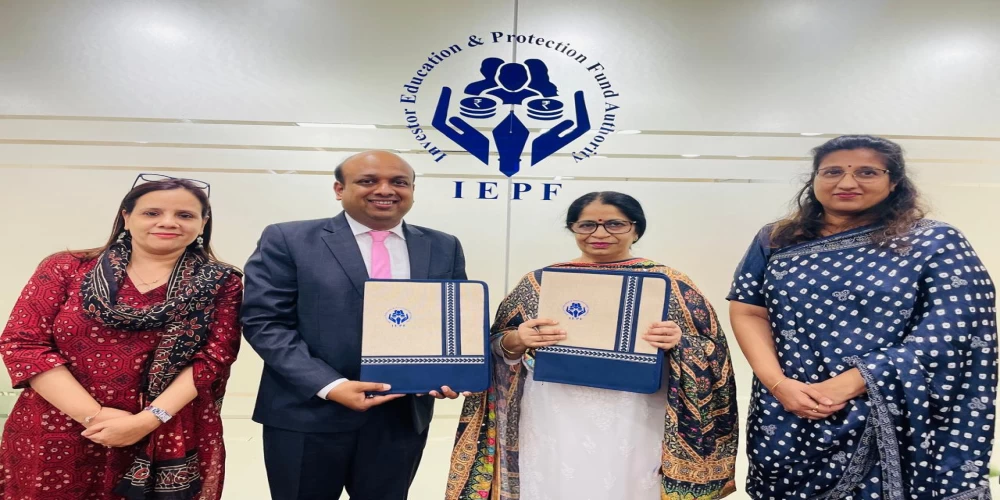
New Delhi: The Investor Education and Protection Fund Authority (IEPFA), a body under the Ministry of Corporate Affairs, has collaborated with Kotak Mahindra Bank to promote financial literacy and strengthen investor protection throughout India. This partnership, formalized through an MoU for the 2025–26 financial year, will utilize the bank’s widespread digital and physical channels—such as ATMs, mobile apps, websites, kiosks, and social media—to distribute educational materials like short films, videos, and banners. Notably, this initiative operates without any financial transactions between the parties, offering a cost-efficient way to expand outreach. The MoU was signed by IEPFA’s Deputy General Manager Samiksha Lamba and Kotak Mahindra Bank’s Senior Vice President Vishal Agarwal, with IEPFA CEO Anita Shah Akella present, emphasizing the value of innovative alliances for financial empowerment.
Financial literacy is fundamental to empowering individuals to navigate their financial decisions confidently, from managing daily expenses to making sound investments. In India, where the financial sector is growing rapidly with increasingly complex products, equipping people with the knowledge to handle their money wisely is more important than ever. Investor protection complements this by ensuring that individuals are safeguarded against fraud and exploitation, fostering trust in the financial system.
This collaboration between IEPFA and Kotak Mahindra Bank is a strategic and innovative effort to address these priorities. By tapping into the bank’s existing digital infrastructure—platforms that millions of Indians already use daily—the initiative can deliver educational content in an accessible and unobtrusive way. Imagine checking your balance at an ATM and seeing a quick tip on spotting investment scams, or scrolling through a banking app and encountering a video on the basics of mutual funds. This seamless integration of education into everyday interactions could prove more effective than traditional, isolated awareness campaigns.
The cost-effective nature of this partnership, with no financial exchange involved, is a standout feature. It highlights a shared commitment to public good over profit, potentially inspiring other organizations to adopt similar models. Leveraging private-sector resources without dipping into public funds maximizes efficiency and reach, a critical factor in a country as vast and diverse as India.
That said, the initiative’s success will depend on more than just reach. The content must be engaging, clear, and relevant to resonate with its audience. Given India’s linguistic and cultural diversity, tailoring materials to regional languages and contexts—such as Hindi, Tamil, or Bengali—will be essential to ensure inclusivity. Kotak Mahindra Bank’s national footprint offers an opportunity to localize these efforts effectively.
Another consideration is impact measurement. While disseminating information widely is a strong start, understanding whether it translates into better financial decisions—like avoiding Ponzi schemes or diversifying investments—will be key. Future steps could include surveys or tracking investor behavior to gauge the campaign’s real-world effects.
In essence, this partnership marks a promising advancement in the mission to enhance financial literacy and investor protection in India. By creatively harnessing digital platforms at no additional cost, IEPFA and Kotak Mahindra Bank are demonstrating how public and private sectors can unite for societal benefit. If executed with attention to engagement and inclusivity, this initiative could significantly elevate the financial well-being of countless Indians.
BI Bureau


